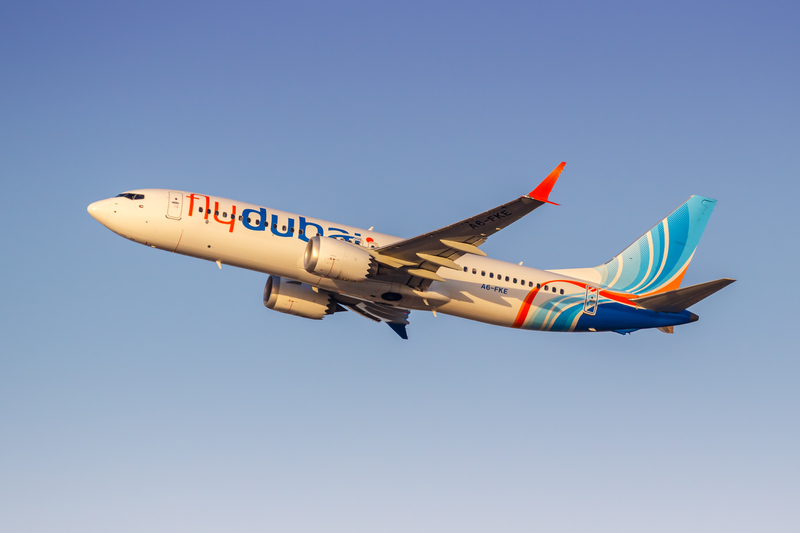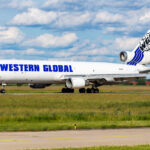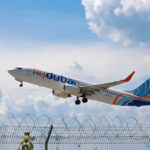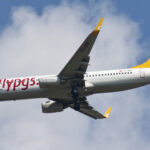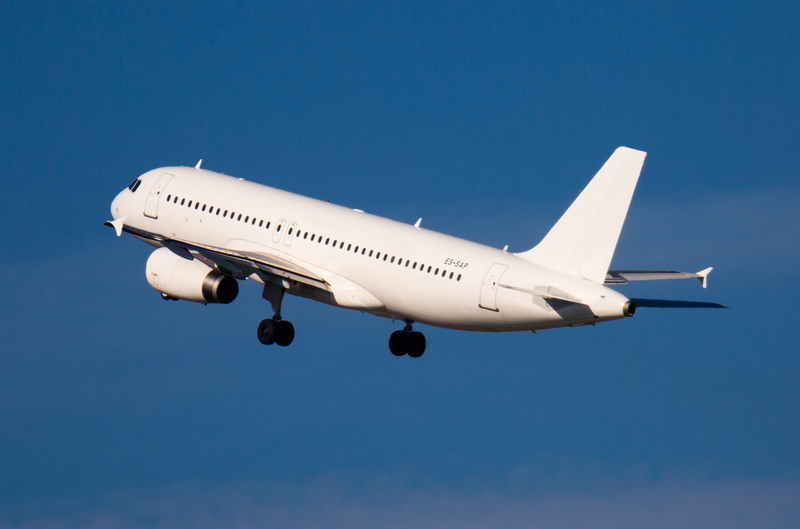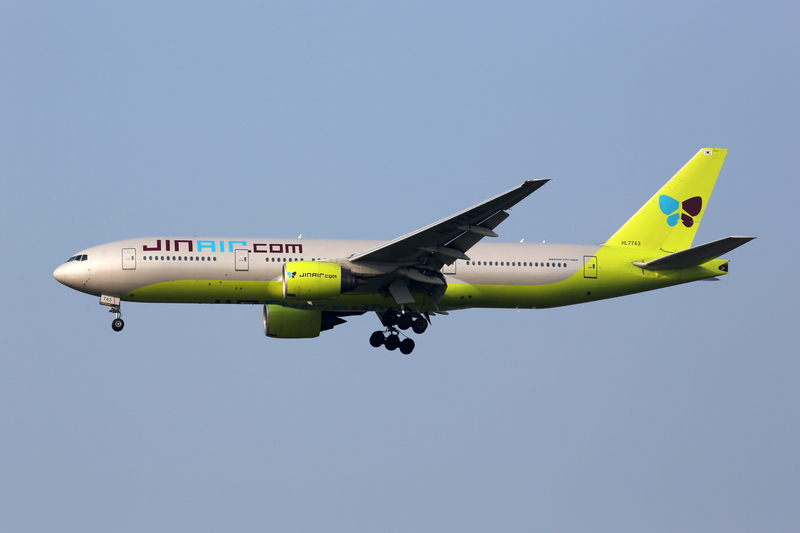FlyDubai’s Mega-Fleet Moment: Another 150 737 MAXs-After 150 A321neos
FlyDubai just doubled down on growth. A day after unveiling plans for up to 150 Airbus A321neos, the carrier signed an MoU for up to 150 more Boeing 737 MAXs (75 intended as firm orders, 75 options). For an airline that today flies roughly 100 aircraft, this is a statement.
What was ordered—and what’s real
-
Boeing: Intent for 75 firm 737 MAX (mix of -8/-9 and possibly -10, pending certification) + 75 options.
-
Airbus (yesterday): 115 firm A321neo + 35 options.
-
Existing widebody plan: 30 Boeing 787-9s already on the books.
Back-of-the-napkin tally (firm/announced only, excluding options):
118 previously ordered 737 MAX + 75 new MAX + 115 A321neo + 30 787-9 ≈ 338 incoming aircraft.
Add today’s ~100-strong fleet and you’re looking at a path to ~440 aircraft once retirements and deliveries wash through.
Why split the narrowbody fleet?
Because Airbus and Boeing now solve different jobs:
-
A321neo family (LR/XLR) unlocks true medium-haul and even selective long-thin missions with strong cargo capacity—perfect for stitching secondary city pairs into Dubai without a widebody.
-
737 MAX remains FlyDubai’s bread-and-butter workhorse for dense regional routes, with commonality to today’s operation and faster scaling in the near term (MAX-10 timing remains the wild card).
For a carrier planning hundreds of narrowbodies, dual sourcing isn’t inefficiency—it’s insurance (capacity, range, delivery slots, pricing leverage).
The Dubai World Central factor
Dubai World Central (DWC) is slated to become Dubai’s primary mega-hub. FlyDubai’s order binge reads like future gate space already spent: more banks, tighter connections, wider geographic reach. If DWC ramps on schedule, FlyDubai’s growth provides the narrowbody spine while Emirates handles the heavy long-haul lift—until those roles inevitably blur.
Will networks collide with Emirates?
Historically, FlyDubai went where Emirates couldn’t (runway constraints, thinner demand). Scale changes that logic. With hundreds of narrowbodies and 787-9s arriving, FlyDubai will press into larger, higher-yield markets. Pricing already isn’t “ultra-low-cost,” and the product keeps edging upscale.
That raises the strategic question: convergence. A coordinated joint plan—or even a merger timed to DWC’s full move—would solve branding overlap, scheduling complexity, and sales channel friction. It would also create the world’s most formidable hub-and-spoke machine.
The execution risks
-
Certification & delivery timing: MAX-10 approvals, engine supply, cabin part bottlenecks—any of these can slip schedules.
-
People and training: Thousands of pilots, cabin crew, and techs; two narrowbody types plus 787s means massive training pipelines.
-
Network economics: Filling hundreds of new frames needs careful phasing—some routes will be thin outside the peak.
-
Yield management: Growing faster than demand risks fare dilution, especially where networks overlap.
What to watch next
-
Firming of the MoUs (final mix of MAX variants; whether Airbus slots include LR/XLR).
-
Rollout cadence (how quickly capacity comes online year-by-year).
-
Product decisions (business-class hard product consistency across A321/Airbus vs MAX/Boeing fleets).
-
Deeper Emirates alignment (joint scheduling, coordinated sales—or something larger).
Bottom Line
FlyDubai isn’t just growing; it’s re-casting its role in Dubai’s aviation ecosystem. If even the firm pieces of these orders land on time, the airline pivots from a regional specialist to a global narrowbody powerhouse with widebody reach. The strategy works best alongside a tightly choreographed Emirates partnership—perhaps one day under the same roof at DWC.
